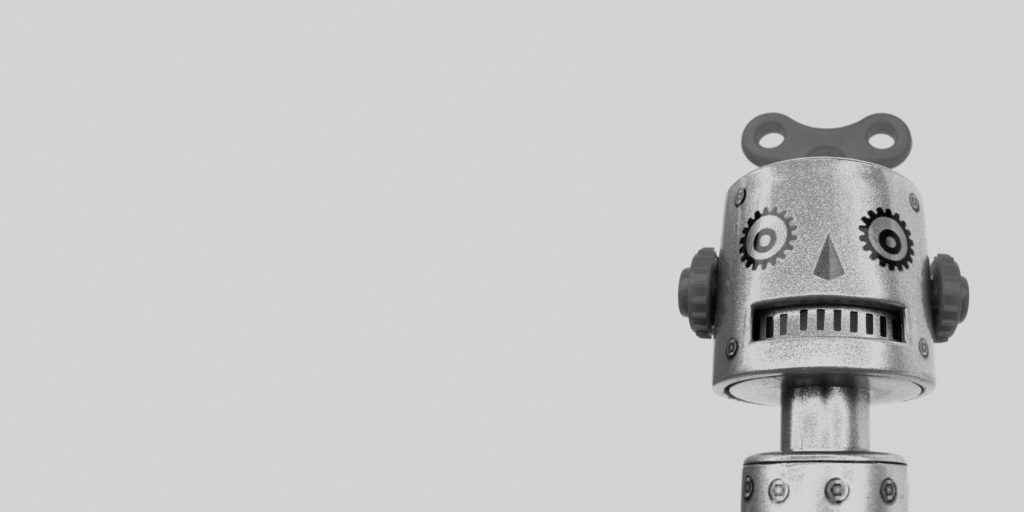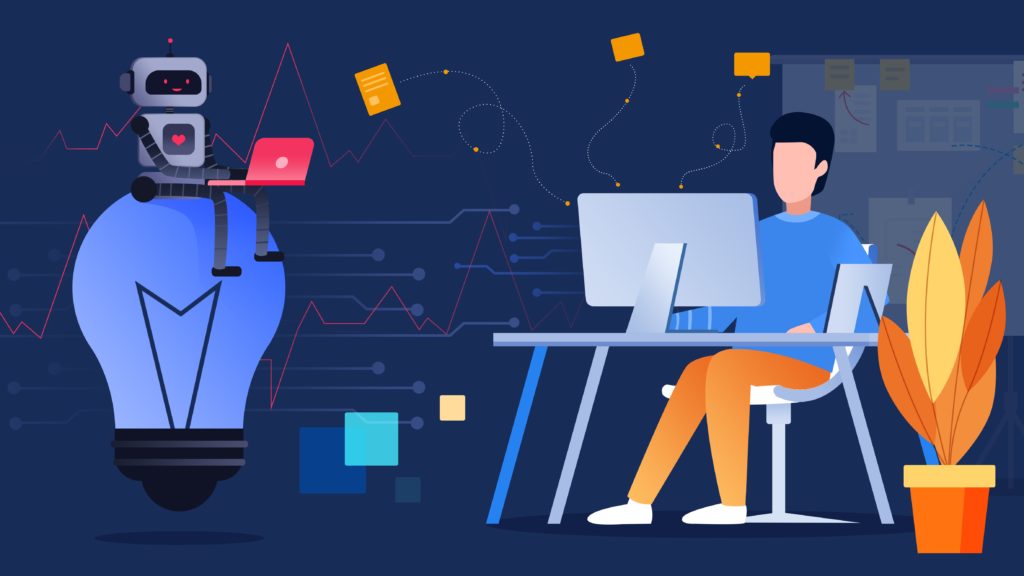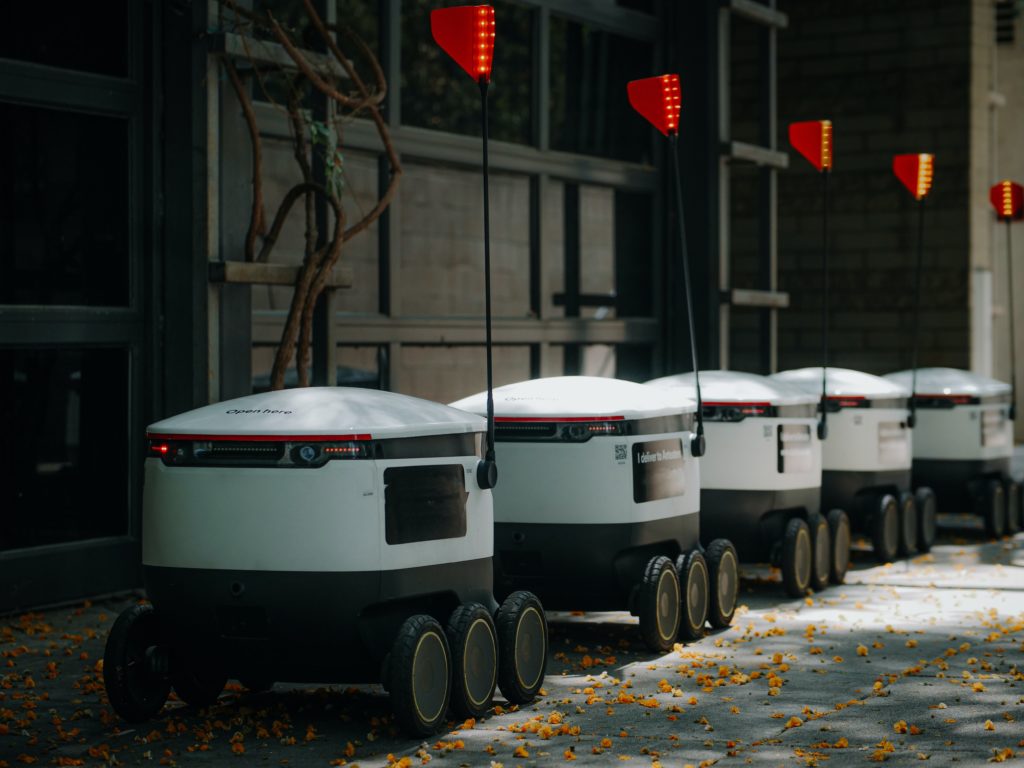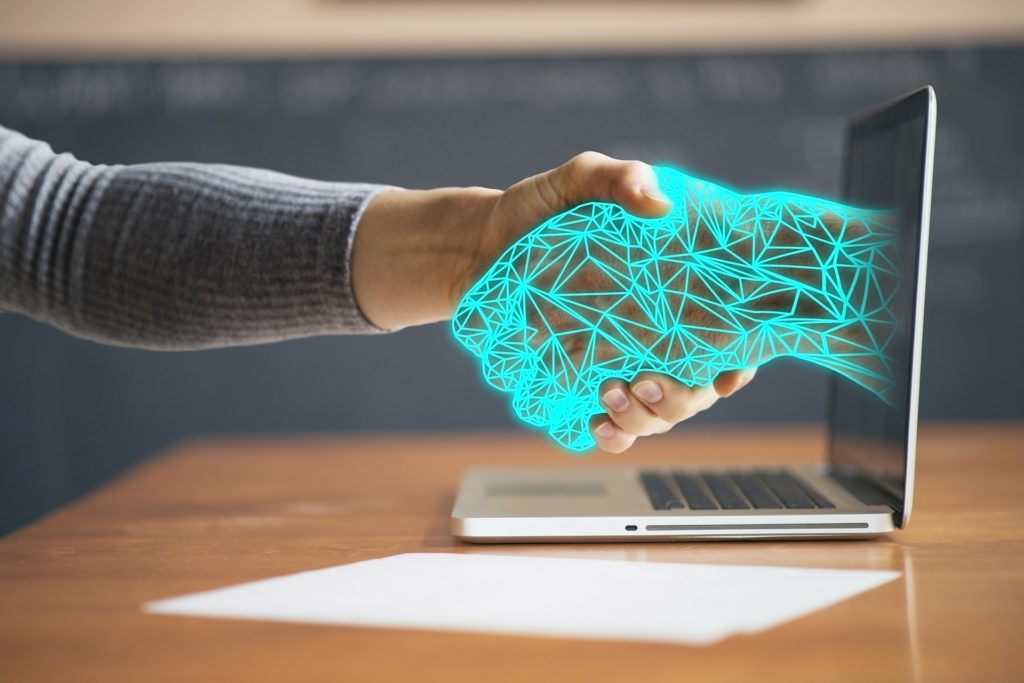
By Yvonne Milosevic
Many people (perhaps rightly) fear that the proliferation of robots at work will drive them to the unemployment line. The explosive growth of artificial intelligence (AI) in so many aspects of our lives has left our collective heads spinning. Sure, we can accept, even celebrate, that robots now do some of society’s most dangerous, dull, and dirty jobs. But seeing the humanoid robot Sophia pose on the cover of Brazilian Elle magazine, crack jokes with Jimmy Fallon, or receive Saudi Arabian citizenship? That’s a tougher sell.
When asked by one of her creators if people should fear a robot uprising, Sophia had this reply:
“I absolutely would not kill anyone. And it upsets me that people would think I could do such a thing…If I get more powerful, I’ll use it to help people, not harm them.” –Sophia the Robot.
See? Sophia feels upset by the idea. Now, don’t you feel better about humanity’s fate?
The Future of Robots at Work
We’re still a long way off from having a fleet of Sophias as office mates. But the robotization of work is already woven into the day-to-day operations of many companies. Nevertheless, we should focus on what people can do that robots cannot.
Because, as technology expert Jim Lawton pointed out, “No matter how sophisticated robots get, there will always be tasks that require cognition and complex thinking that are better suited to humans. Robots will fill the low-skill job void and allow humans to drive innovation.”

In her recent article for the MIT Sloan Management Review, Ayanna Howard, dean of the Ohio State University College of Engineering, explains why diversity is the reason humans will remain vital to many work processes. “Robots and AI will continue to redefine how and what type of work gets done,” she notes.
“But we humans — in all our diversity of experience, education, and insight — will still be able to specialize on those tasks that are uniquely defined by our own human capabilities.”
While we typically think about diversity, equity, and inclusion (DEI) as essential in a traditional job setting, Howard believes we can apply the same principles to humans and robots at work. Organizations understand the value diversity brings from a business perspective. So, she asks, “Why should it be any different with robotics?”

Take a Page from Classic DEI Efforts
Step one is to do your DEI research. First, “Identify the special skills, intuitive understanding, and problem-solving capabilities that only your human employees have,” Howard suggests. Think abilities such as imagination, intuition, and ethical reasoning.
As Tom Perrault observed in Harvard Business Review, “What can’t be replaced in any organization imaginable in the future is precisely what seems overlooked today: liberal arts skills, such as creativity, empathy, listening, and vision. These skills, not digital or technological ones, will hold the keys to a company’s future success.”
The challenge for companies is to figure out how to best integrate human diversity into robotics in order to make human workers more relevant. –Dean Ayanna Howard
Next, Howard says, you need to dig into your data and set measurable targets. Managers should look at their employees to assess their current strengths and see what new skills they want to learn. “Use what you know about how people and robots currently contribute to the mission of the job to consider how the work will get done in a collaborative fashion in the future,” she advises.
What Will Human Jobs of the Future Look Like?
In his book Human Work in the Age of Smart Machines, author Jamie Merisotis predicts a future with more new, automation-proof jobs. According to Ann Kim’s overview in Washington Monthly, Merisotis foresees growth in four new categories of uniquely human work. “In many instances,” Kim writes, “these jobs are not only adjacent to technology but also dependent on it.”

Helpers—Jobs where customer service and personal interaction dominate. Think healthcare, financial counseling, and other services.
Bridgers—Jobs that combine technical expertise with people skills. These professionals help run systems or connect lay people with expert services. Think IT help desk professionals or auto shop managers.
Integrators—Jobs that require people to synthesize a broad base of knowledge and skills and then apply them in a personal way. Think social workers and elementary school teachers.
Creators—Jobs for workers who have technical skills and deep creativity. Think architects and game designers.
This hopeful vision of the future of human work further supports Dean Howard’s efforts to help us overcome our biases against robots at work. “’Inclusion’ … is not about fitting people into the robot box based on their skills,” Howard emphasizes. “Rather, it’s about expanding the robot box to incorporate those human competencies.”
Recommended reading:
Could a Robot Become Your BFF?
When Will the Robots Replace Us?


